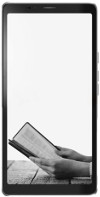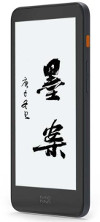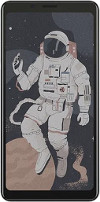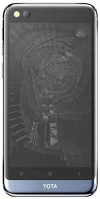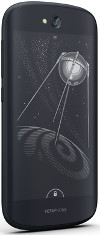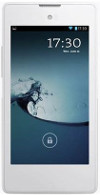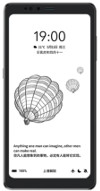
At 160x80mm and with 8mm thickness, the Hisense A9 [specs] [shop] [liliputing] [qucox] [ereaderx] [goodereader] is too big for one-handed use. Android 11 (API 30), no Google.
It has a 1600x800 monchrome e-ink 6.1" screen, with better reflectivity than color e-ink unless ACeP panels were used. Also, it is unclear what the "z-axis linear motor" [qucox] should be.
Only officially available in China, not in Europe.
